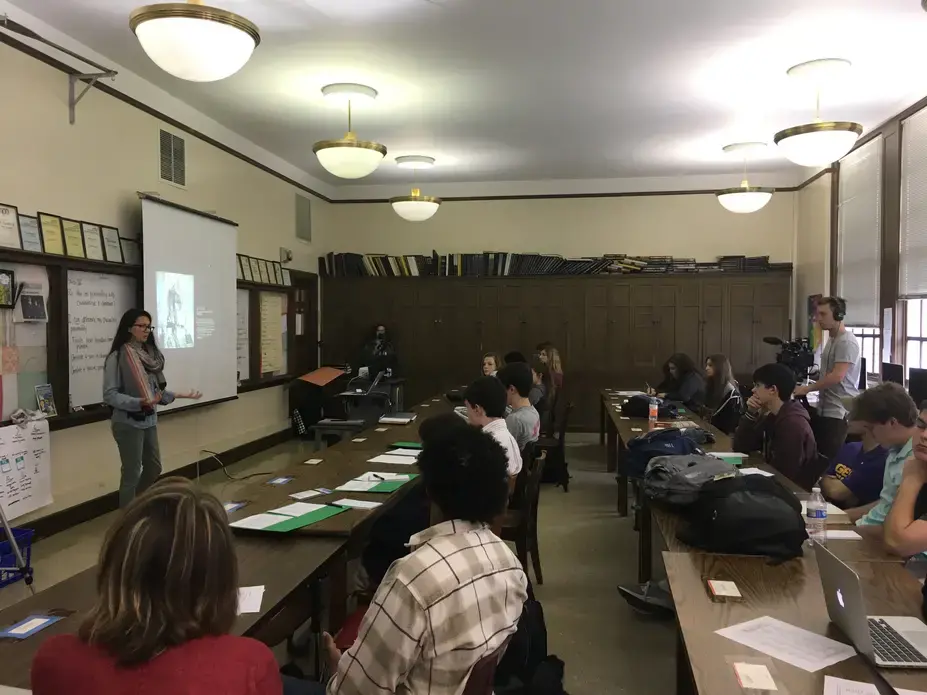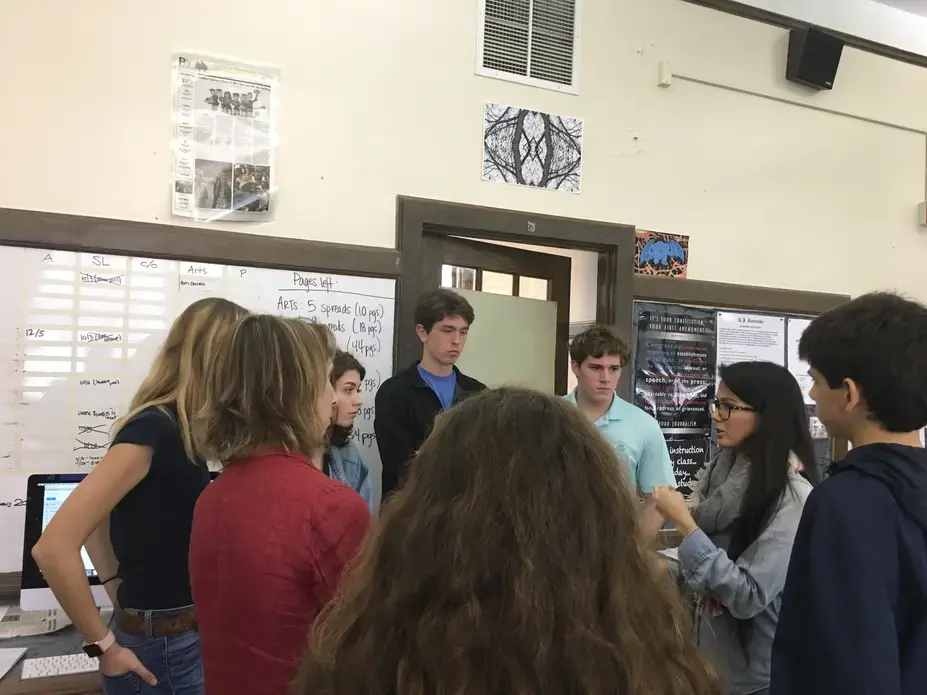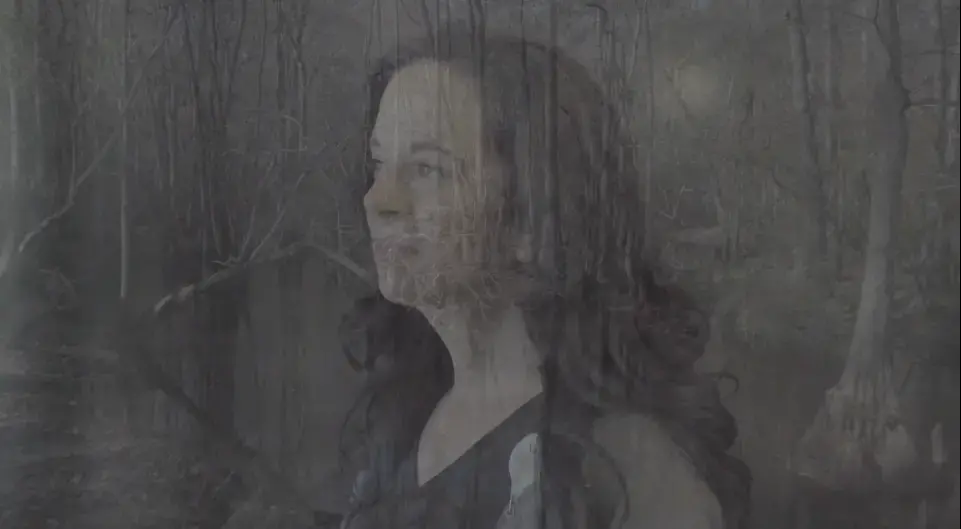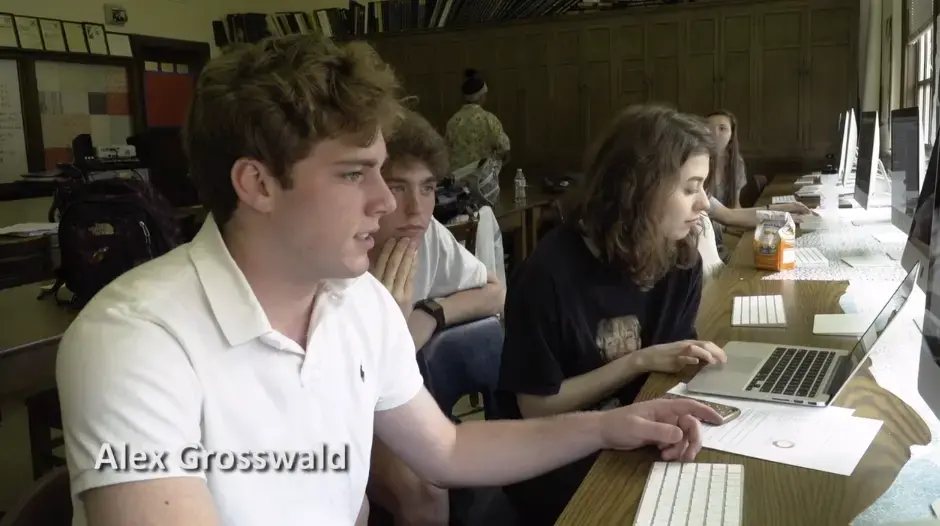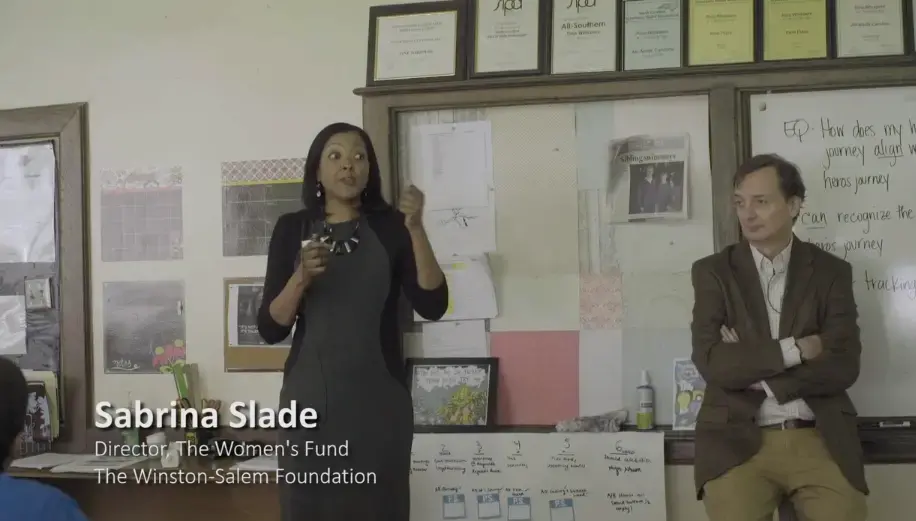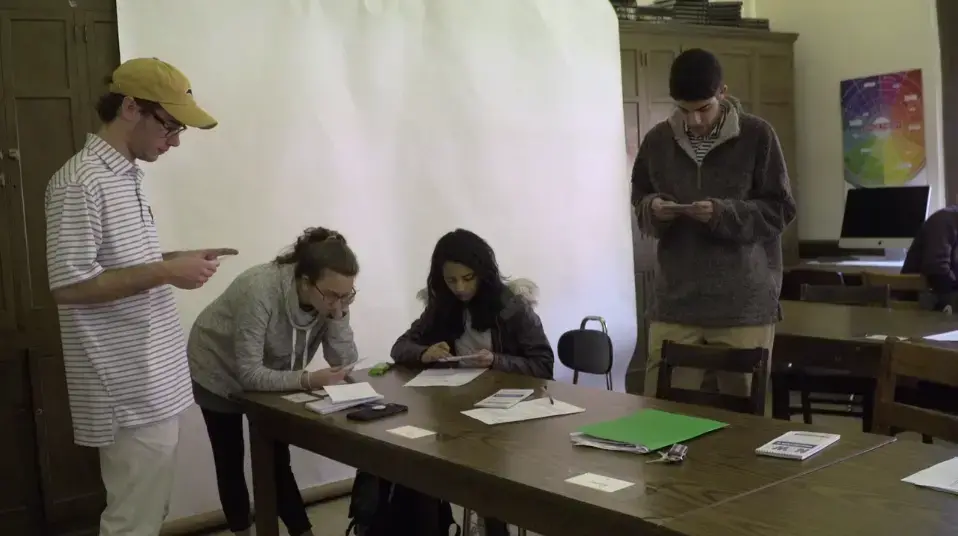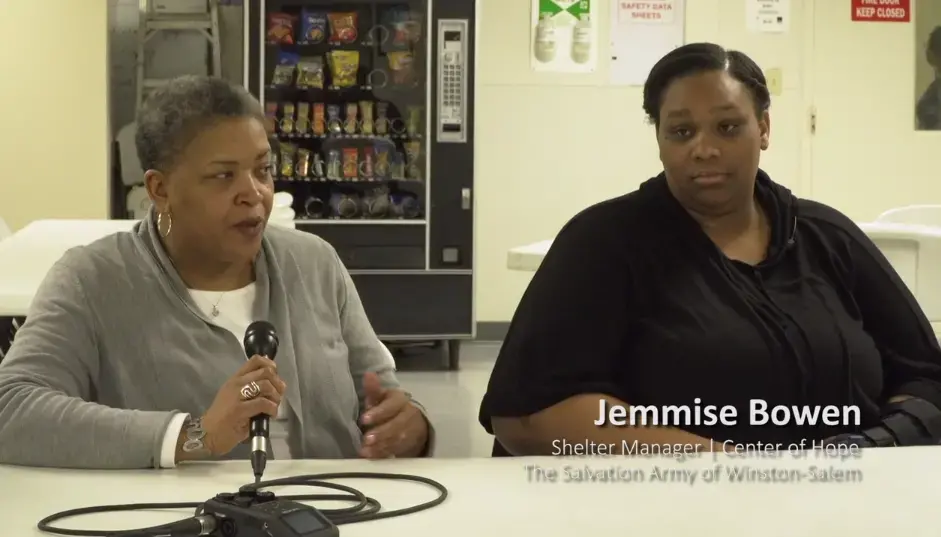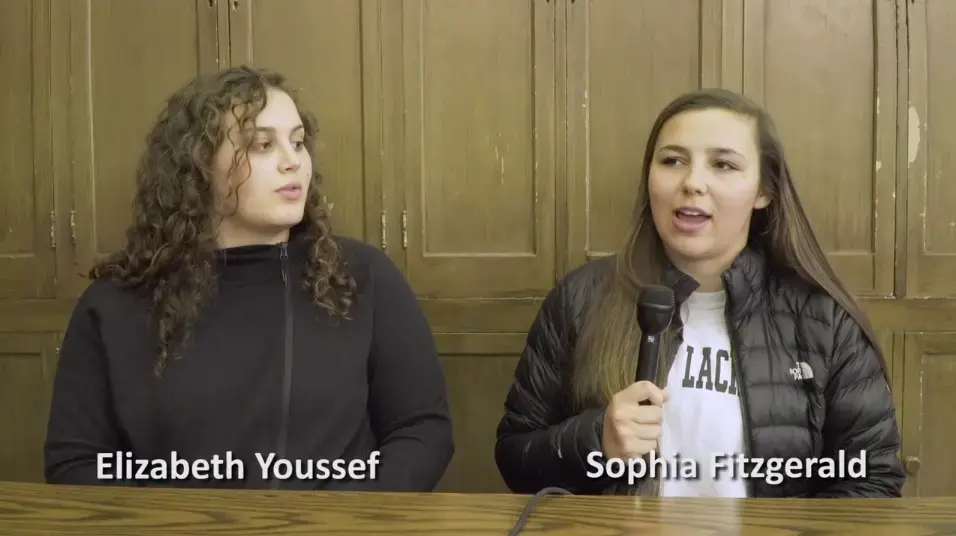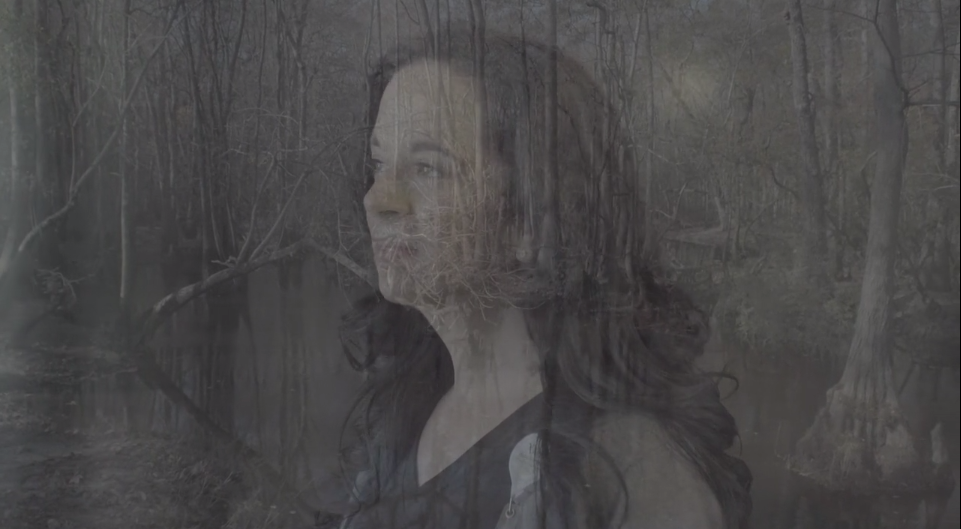
“In the modern world, our perspectives are defined by the places we inhabit,” student Emily Matthews says at the start of “Placing Identity,” an original documentary film developed this spring by nearly 30 journalism students at R.J. Reynolds High School in Winston-Salem, NC as part of the Pulitzer Center’s NewsArts initiative. “How different would we be if we went to a different school? Grew up in a different neighborhood? Would these things change our life’s trajectory?”
Over the course of three weeks in spring 2018, Matthews and her classmates explored these questions as part of a documentary filmmaking workshop led by Winston-Salem artist-educator Diana Greene. Developed with generous support from The Winston-Salem Foundation and the James G. Hanes Memorial Fund, the workshop guided students in creating a student-devised film that examines how the places where we grow up influence our identities.
Greene developed the idea for “Placing Identity” with Pulitzer Center’s education department after exploring the work of grantee Daniella Zalcman. Her project “Signs of Your Identity” utilizes double-exposure portraits and interviews to explore the lasting impacts of government-mandated residential schools for indigenous children in the United States and Canada. Inspired by Zalcman’s commitment to responsible, compassionate representation of a traditionally underrepresented community, Greene enlisted Wake Forest documentary filmmaking students Stan Wright and Miles McKeller-Smith to create a curriculum that taught students to apply research, interview, and film production skills to the development of a project that gives voice to one of Winston-Salem’s most traditionally underrepresented groups, its growing homeless population.
The focus on homelessness was inspired by a recent Harvard University study highlighted in The New York Times that ranked Winston-Salem/Forsyth County as the third worst county in the country for income mobility. Students investigated the barriers to economic mobility in their county by meeting with Dr. Craig Richardson, an economics professor from Winston-Salem State University, and Sabrina Slade, director of The Women’s Fund. They then connected with staff and residents at a shelter for homeless community members run by the Salvation Army.
“The thing that I've learned most from people who are homeless, or who had been homeless, is it can happen to anybody,” says shelter manager Jemmise Bowen in “Placing Identity.”
“The most important lesson I've learned was to humble myself because I had my own place,” adds shelter resident Jasmine. “I had a good job. I had the car, like I had the money and I lost it all, like in a blink of the eye. “
The film concludes with students examining how their own perceptions of Winston-Salem/Forsyth County have changed over the course of the workshop. “Forsyth County, it’s not all that it seems to be…there’s a lot more than meets the eye,” says student Kylie Nifong, who also worked as a cinematographer during the film’s development.
“ I go to a school with a lot of privileged people, and it’s not always like that,” adds Sophia Fitzgerald, who supported research for the film. “Seeing the other side allowed me to understand.”
In addition to acting as researchers and cinematographers, students took on the roles of editors and scriptwriters for the final film. They worked in small groups to craft individual segments for “Placing Identity,” which were then joined together by using B-roll footage and interviews filmed by Greene, Wright and McKeller-Smith.
The process mirrored the “Weaving Connections” workshop, which Greene and Wright developed as part of Pulitzer Center’s NewsArts initiative in spring 2017 to guide R.J. Reynolds High School students in creating a film exploring connections between Winston-Salem/Forsyth county’s history in textiles manufacturing and the current global textiles industry. Click here for lesson plans and resources used as part of that process. Lesson plans connected to “Placing Identity” will be available on Pulitzer Center’s Lesson Builder by June 2018.
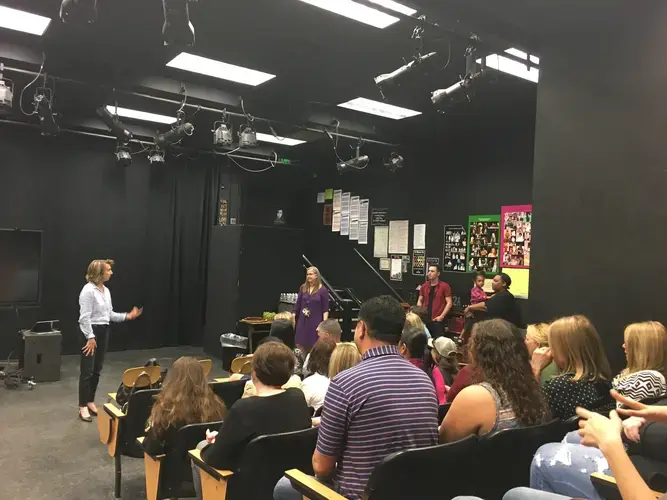
“Placing Identity” debuted for a packed audience of parents and community members at R.J. Reynolds High School on May 1, 2018. In post-workshop surveys, students wrote that they most enjoyed “learning how to write for film” and learned that “storytelling is part visual, part audio and part content.”
“I think that hearing the interviewees give their perspectives was the most interesting part of this whole process,” one student wrote.
“I enjoyed learning about Daniella's endeavors as a photojournalist,” another added. She was very inspiring.”
“The information we learned was very shocking, especially so close to home,” a student concluded. “It gave me a wake-up call.”
For more information on how to bring projects like “Placing Identity” to your school, email [email protected].
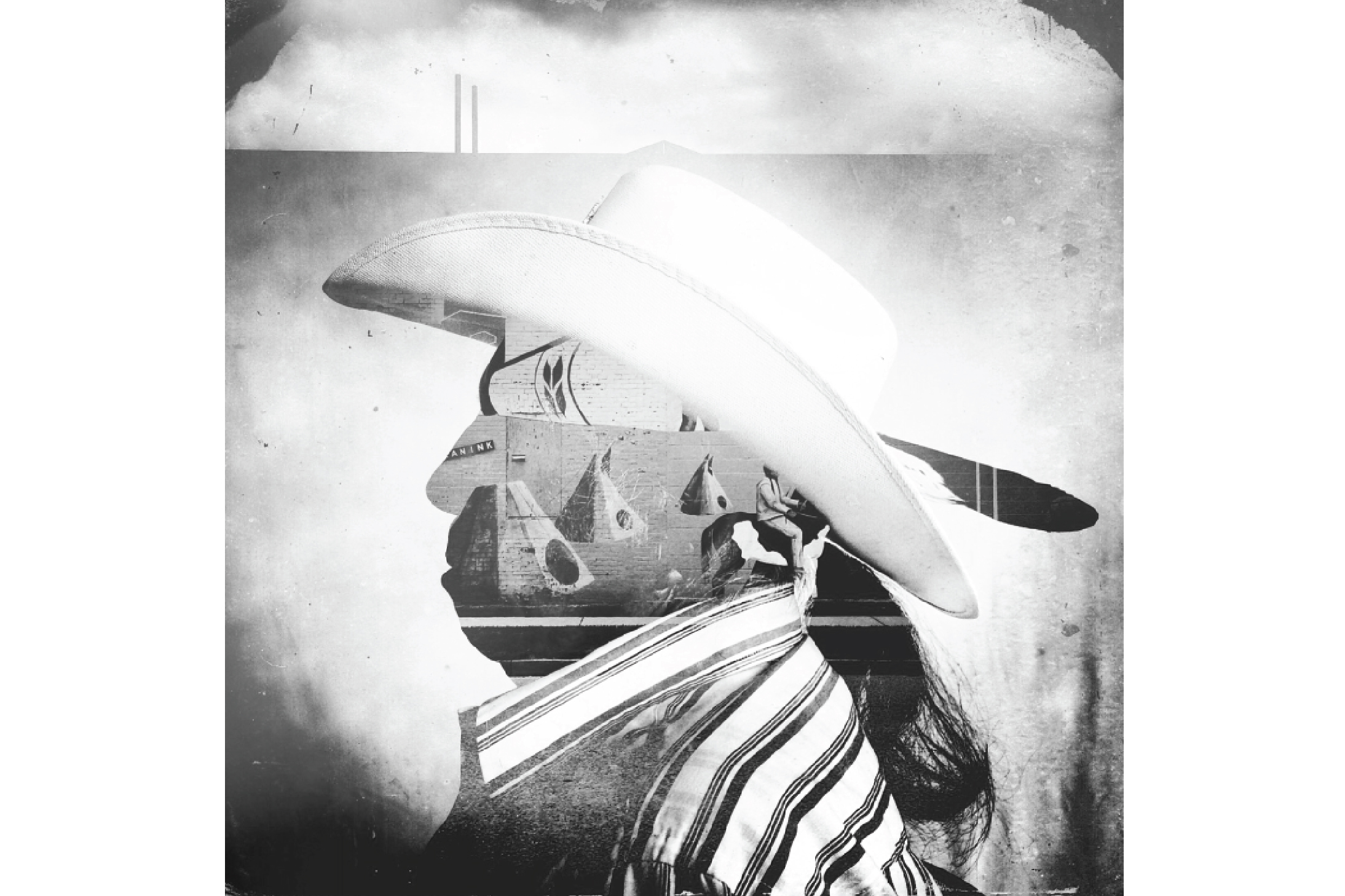
For more than a century, many Western governments operated a network of Indian Residential Schools...




